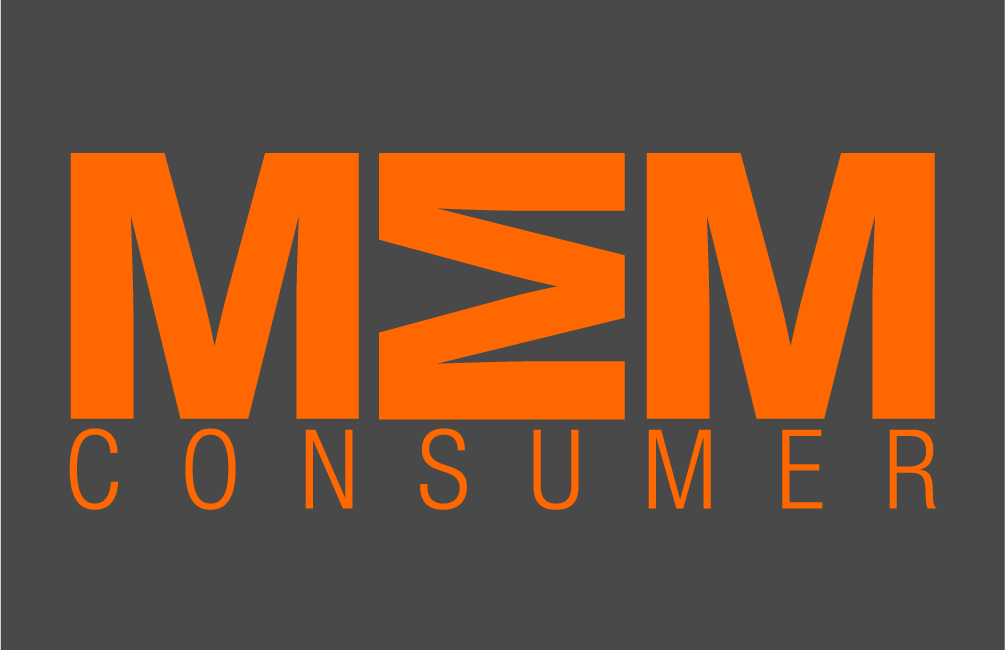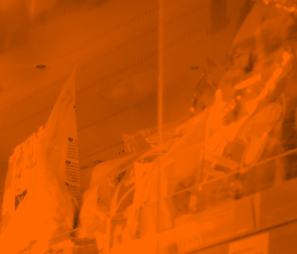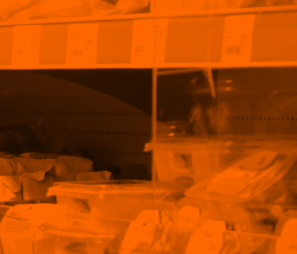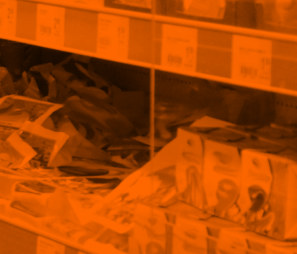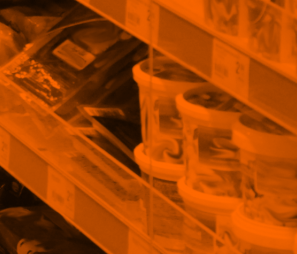“To create packaging that stands out in all environments, the packaging, design, production and manufacturing teams must deeply understand each others’ work, and collaborate to share insights and solve problems. A product needs to be enticing at every touch point,” says Jason Shaw, VP, Oral Care Design, Procter & Gamble, a speaker at the marcus evans AmericaPack Summit 2022.
Asked what draws consumers in, what difference the package makes, Shaw said, “Uniqueness. We are now dealing with many different consumer touchpoints, so the package has to work for ever environment. For retail specifically, we work hard for our products to look unified but differentiated at the same time. We want to make sure each offering is clear for the consumer. Who am I? What am I? Why am I right for you. That is what we focus on. For the digital environment, you have to strip back, and be more clear on how the consumer will benefit from the packaging. Of course, photography and rendering style must also be taken into account, so the products look and perform at their best, especially on a small screen.”
Regarding the unboxing experience and how that contributes to brand equity, Shaw tries to carry people’s enthusiasm from purchase to the unboxing experience, then first use, and continued use of the product.
Procter & Gamble has brands that are almost 70 years old, and it continues to invest in its legacy assets, always making sure their branding is clear.
To create a compelling story through a package, Shaw believes the product and packaging need to be enticing at every touch point. “For us, the packaging is part of a holistic communication plan, which includes advertising and all digital mediums, so we want to make sure there is a thread that runs through all of those. The product and packaging needs to be enticing at every one of those touch points. It takes highly collaborative effort, many people working together, to make sure that those assets are compelling for people. We have to make sure we deeply understand the work of the people who contribute, not just those in our direct organization, but all the organizations we collaborate with. The best insights can come out of working with our purchasing group or printers. Really getting in and understanding what the work is, and the problems you are trying to solve. Do not be too prescriptive about how you go about doing something. Just try to clearly define the problem, what job you are trying to achieve, but keep it like an open brief, to get as many diverse ideas as humanly possible for you to lock down on something.”
Manufacturing & Engineering Magazine | The Home of Manufacturing Industry News


